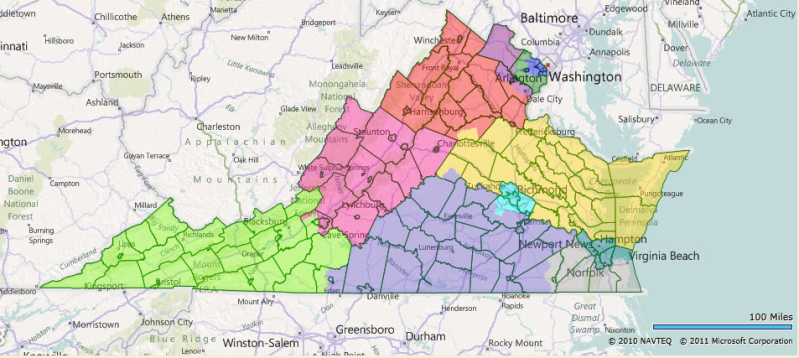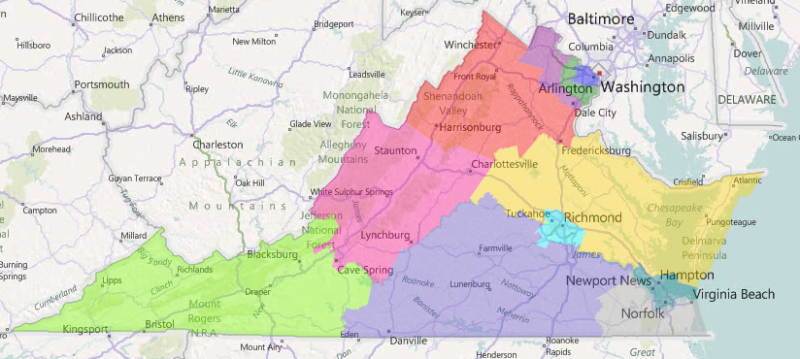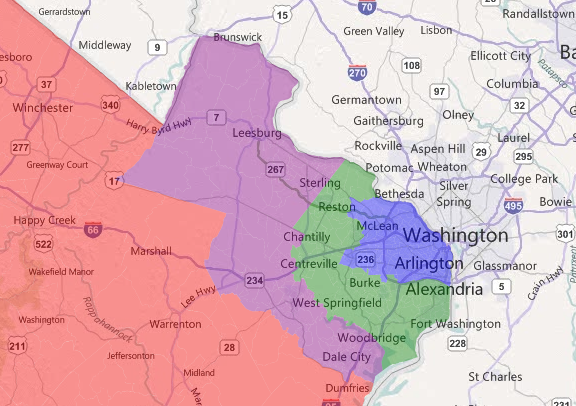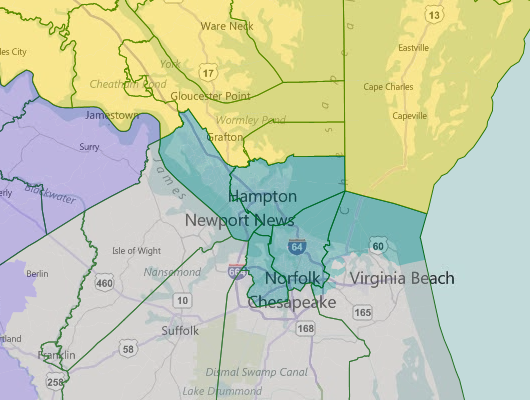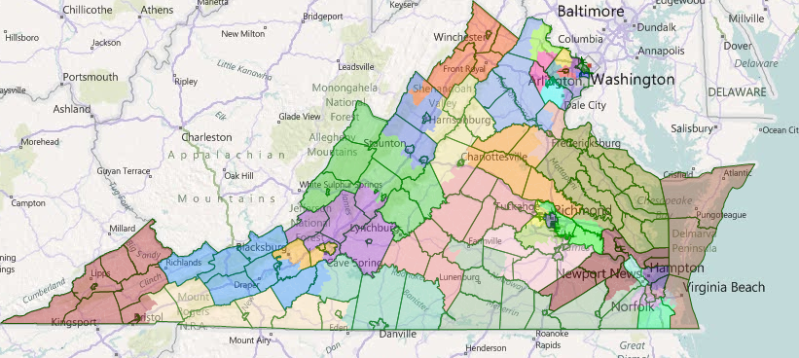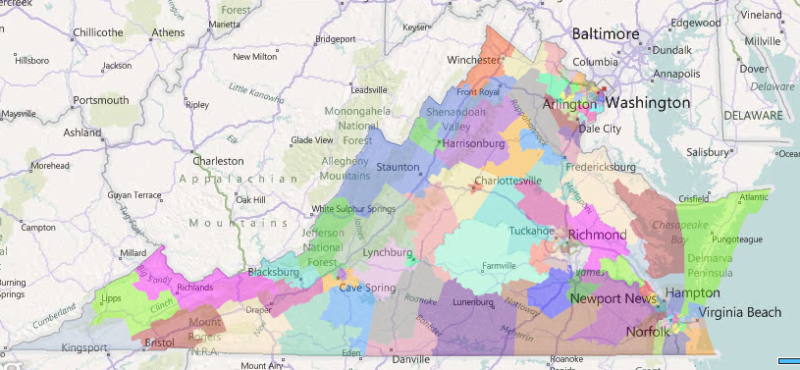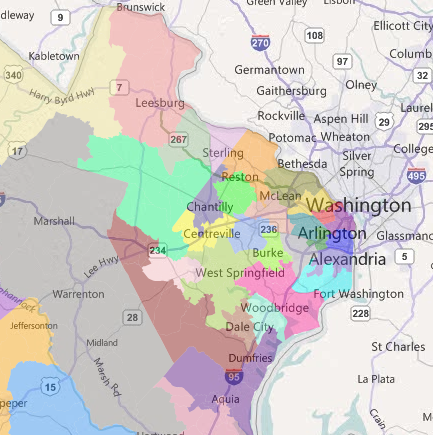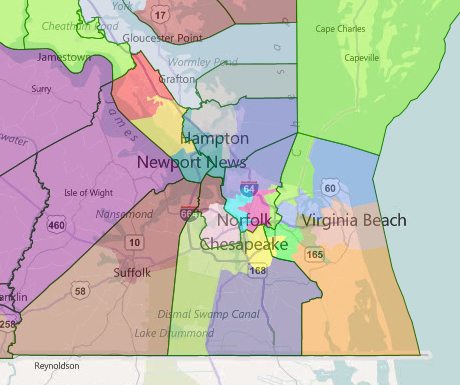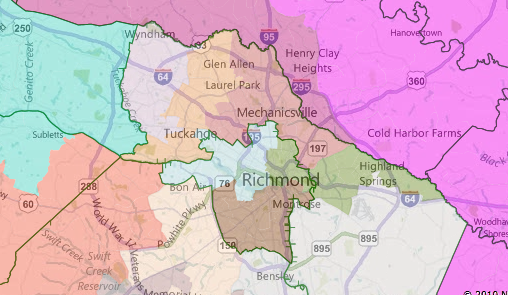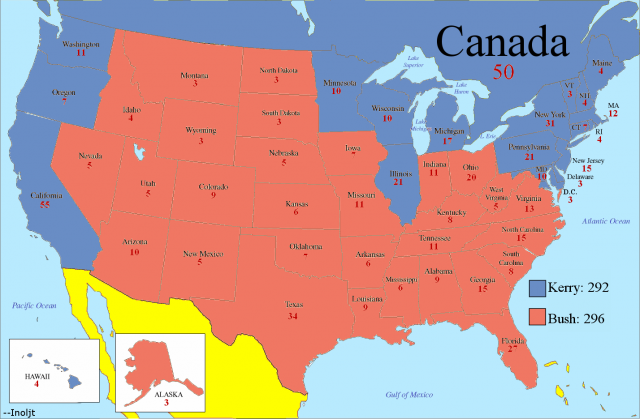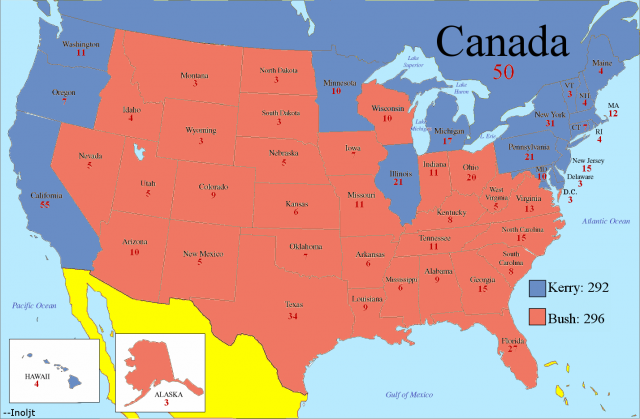Senate:
• FL-Sen: George LeMieux is unsurprisingly trying to distance himself from the label “Charlie Crist Republican,” but all I can say is… good luck with that. The Miami Herald has a lengthy look at just how close the two men were, and while Crist himself won’t say a word against LeMieux, other former staffers are more than happy to detail just how tight their working relationship was.
• MA-Sen: Hey, Richie Neal: Shut the fuck up. Seriously. What is it with Democratic congressmen from Massachusetts who love to crack out of turn? First Barney Frank, and now this crap. And yeah, you’ll have to click the link if you want to know what I’m worked up about.
• TX-Sen: Over at Burnt Orange Report, Karl-Thomas Musselman, a long-time friend of SSP, has a good piece about Democrats’ flawed strategies in Texas statewide races over the last decade, and how Team Blue should approach things differently going forward.
Gubernatorial:
• IA-Gov: In a way, this might be the roughest “do-over” poll of all. Former Dem Gov. Chet Culver lost by double digits last fall, the worst performance of any incumbent governor, yet even he now beats Terry Branstad 48-46 in a hypothetical PPP rematch.
• PA-Gov: GOP Gov. Tom Corbett’s disapproval rating has soared in the past couple of months. He was at 39-11 in February, and is now at 39-37, according to Quinnipiac. I guess this means not a single new person in the state of PA grew to approve of Corbett in two months!
House:
• AZ-06, AZ-Sen: It’s getting hard to keep track of what Republican Russell Pearce’s plans are. The author of Arizona’s notorious immigration law supposedly was out of the running for the open Senate seat, was heavily talked up for the open 6th CD, then was talked down for it, and is now saying he’s leaving both doors open. He says he wants to stay on through the end of the 2012 legislative session, though, and Arizona has a resign-to-run law, so who knows.
On the other hand, House Speaker Kirk Adams just announced that he will resign from the legislature, which can only mean he’s gearing up for a run in the 6th. (We’ve mentioned his name a couple of times before as a possibility.) It’s going to be a crowded GOP primary, as the field already includes ex-Rep. Matt Salmon (who used to hold this seat, more or less) and former state Senate majority leader Chuck Gray.
• IA-04: These are statewide numbers, but still interesting: Steve King is the least-popular member of Iowa’s congressional delegation, with 27-34 favorables. Christie Vilsack, meanwhile, is at 38-23. Certainly these scores within the new fourth district would look different, but unless there is some wild base of support for King in northwest Iowa, I can’t see how you wouldn’t prefer to have Vilsack’s numbers.
• NC-11: Asheville City Councilman Cecil Bothwell says he’ll challenge Rep. Health Shuler in the Democratic primary next year. Shuler, thanks to his vote against healthcare reform, took just 61% in a primary last year against Aixa Wilson, who did not even file any FEC reports.
• ND-AL: With a Rick Berg run for Senate looking likely, people are starting to look at filling his at-large House seat. On the Republican side, state House Majority Leader Al Carlson said he’s considering a race. Other possible names, according to the linked piece, are state Sen. Tony Grindberg and Tax Commissioner Cory Fong. I wonder if PSC Commish Brian Kalk might slide down from the Senate race, too.
• NV-02: Oh well, I can’t always be right! Sharron Angle shot down an unsourced rumor in the LVRJ that she’d run as an independent in the special election to replace Dean Heller if she isn’t chosen as the GOP nominee. (She won’t be.)
• NY-13: Now it’s Mike Grimm’s turn to tell his side of the story about his instantly notorious nightclub incident from 1999. Meanwhile, NYC Public Advocate Bill DeBlasio is calling on the NYPD and DoJ to release their records from their investigations of the matter. Not really sure why DeBlas, of all people, is inserting himself into this one, except perhaps to try to take a GOP scalp as he eyes the 2013 mayoral race.
• OR-01: Here’s another interesting bit of sub-text to the whole David Wu saga: Nike. The sneaker company has apparently never forgiven Wu for his vote against a bill that would have expanded trade with China back in 2000, and Nike’s chairman endorsed Republican Rob Cornilles last year. (The company also donated to him via their PAC.) It’ll probably be easier to get rid of Wu in the Democratic primary, though, so Nike may decide to get involved yet again.
